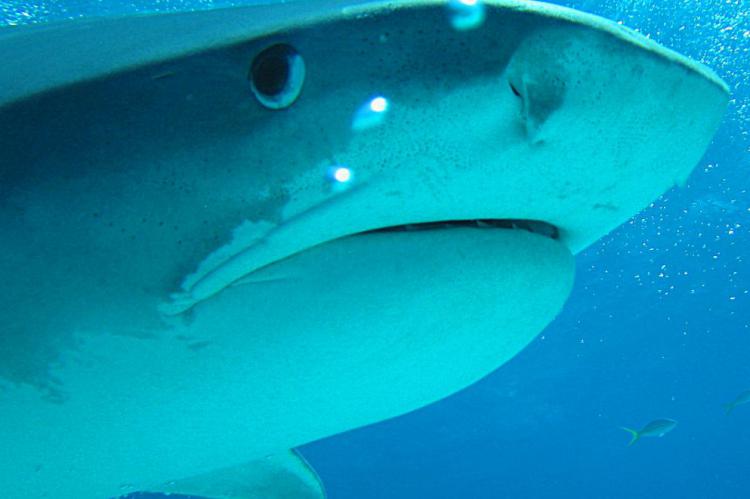One quarter of sharks and rays face extinction
A new study has found that one-quarter of all known species of sharks and rays are threatened with extinction.
The research was carried out by the International Union for Conservation of Nature's (IUCN) Shark Specialist Group (SSG) co-chaired by Nick Dulvy of Simon Fraser University.
The study reveals the main causes of the depletion of oceanic biodiversity. Fisheries and globalized trade are swiftly expanding, and proving to be the most dire coastal and oceanic threat.
Rampant over-fishing and habitat degradation have greatly altered the ecosystems of the ocean, but the researchers say that it is not clear whether the observed population declines are reversible, or a “chronic accumulation of global marine extinction risk.”
The main factors contributing to extinction risk were found to be the size of the animal, and the depth at which it lives. Shallow water species are more accessible, and therefore at greater risk from fishing and extinction.
The risk is highest in fresh waters—one third of fresh water sharks and rays are facing extinction due to their limited, often degraded habitat, and accessibility.
The numbers of countries involved in the protection of a given species is another crucial factor. The practice of finning for the Asian party dish known as shark fin soup poses the greatest danger to sharks. This highly profitable trade is mostly unregulated by the eighty-six countries and territories exporting fins to Hong Kong, and there exists no international agreement to monitor and protect the animals they are so heavily exploiting.
Hot-spots for shark and ray depletion that were identified are the Indo-Pacific ocean and its islands, especially the Gulf of Thailand, as well as the Red and the Mediterranean Seas. The Gulf of Thailand, sadly, is home to seventy six threatened species.
Threatened oceanic sharks are globally distributed. Hotspots found in coastal regions are the Gulf of California, the southeast US continental shelf, the Patagonian shelf, West Africa, the western Mediterranean Sea, southeast South Africa, Australia, and the China Seas.
The status of sharks and their relatives is considered to be the worst of any major vertebrate lineage.
Further, many species remain to be discovered, many of which are in high risk, high biodiversity regions of perilous waters, which are still relatively unexplored.
While their findings are shocking, the researchers feel that their conservative, consensus-based approach tends to under-estimate the losses and risks, rather than over-estimate them. Catches are believed to be three or four times greater than reported. Most catches of sharks and rays are neither recorded nor reported, are not regulated, and are discarded at sea.
The researchers conclude that the level of threat that sharks and their relatives are facing, shows a profound failure of conservation efforts. A dramatic change in the way these animals are managed is urgently needed to provide a healthy future for them and the vast ecosystems they support.
Given that international management has failed this entire line of animals, which are of incalculable ecological importance, the IUCN's SSG calls on governments to begin protecting sharks and their relatives through various measures, including science-based fisheries quotas, habitat protection, and improved law enforcement.


